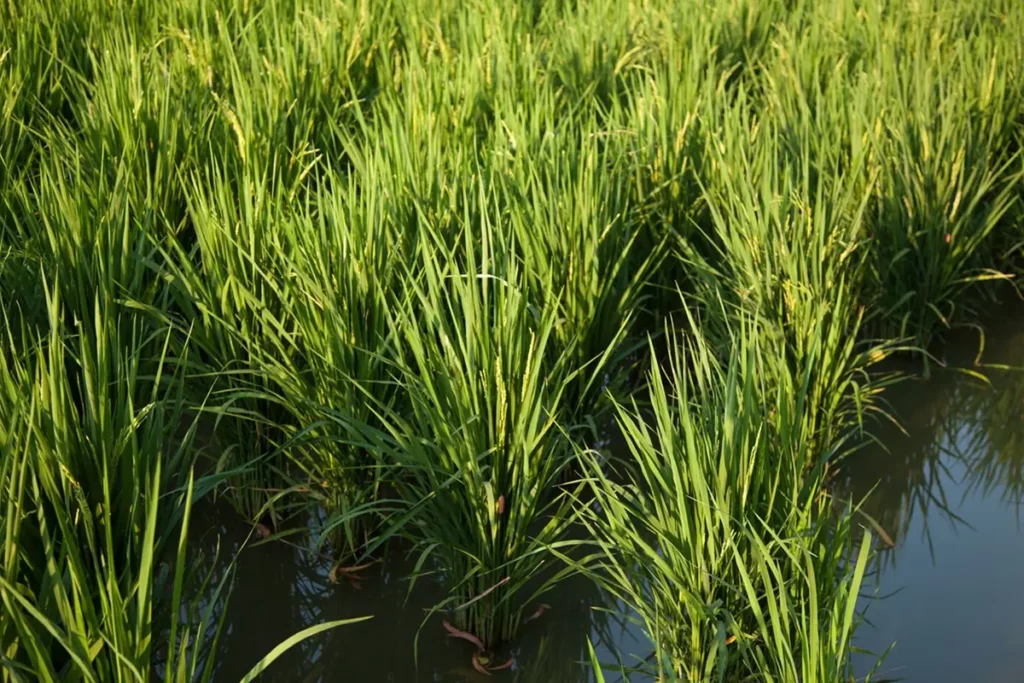Scientists develop mutant rice capable of resisting common crop disease — here’s why it’s so important

This is not only a significant scientific milestone but also a potential economic and social boon.
by Susan Elizabeth Turek, May 29, 2024
The Cool Down
Scientists have made an exciting breakthrough that resulted in mutant rice with enhanced immunity against a devastating disease.
As detailed by Natural Science News, a team from China’s Jilin Academy of Agricultural Sciences analyzed 256 types of japonica rice and found that the varieties were missing an allele that would help them fight rice blast disease.
However, a Bsr-d1 knockout mutant rice produced more hydrogen peroxide, improving resistance to the fungus that causes the disease. The team used CRISPR/Cas9 gene-editing technology to achieve this mutation.
This is not only a significant scientific milestone but also a potential economic and social boon. According to the Nebraska Institute of Agriculture and Natural Resources, more than 3.5 billion globally rely on rice as a nutritional staple, but rice blast disease contributes to worse crop yields, reduced economic returns for farmers, increased prices for consumers, and food insecurity.
“Rice blast is able to destroy enough rice to feed approximately 70 million people worldwide,” explained Dr. Richard A. Wilson, who works in the university’s Department of Plant Pathology.
Changes in climate are exacerbating the issue. Multiple studies have linked our warmer planet to a rise in the occurrence of plant diseases like rice blast, while more frequent extreme weather events caused by rising temperatures are disrupting our global food supply.
Phasing out dirty fuels like coal, gas, and oil is the best way to bring our planet back into balance over time. Fortunately, until that happens, decades and decades of research have led to an increasing number of ways to grow more climate-resilient crops.
For example, one study found that a widely available parasite treatment could be used to create more drought-tolerant plants, while others have developed new computational tools to support sustainable crop production. After insulin became the first FDA-approved genetically modified organism in 1982, promising advancements in gene editing have also continued to roll out.
In the latest study, the scientists wrote that their findings create “a theoretical basis for disease-resistance breeding involving the Bsr-d1 gene in Northeast China,” which depends heavily upon japonica rice varieties. They also believe their work provides valuable “germplasm resources” for breeding disease-resistant rice.
According to Natural Science News, the findings built upon previous research regarding the BSR-D1 first published in 2020.
